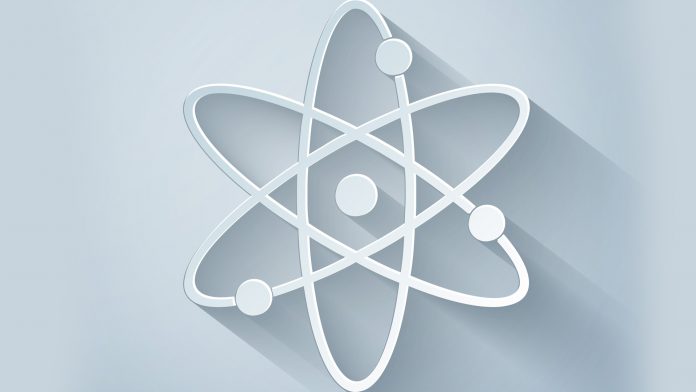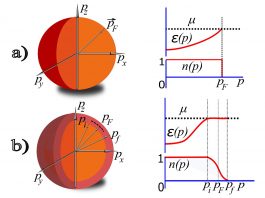A Russian research consortium has improved the technology used in the alkaline extraction of thorium, increasing the sustainability and safety of nuclear power.
The consortium from the Far Eastern Federal University (FEFU), Ozersk Technological Institute, and the Russian Academy of Sciences has improved a processing technology of monazite, a primary ore of several rare earth elements (REEs) such as thorium. Thorium is used in conjunction with uranium to create nuclear energy and it is more environmentally friendly than the traditional uranium-plutonium fuel. To improve the extraction of thorium, the team developed a technology that uses alkaline opening to turn monazite into a solution.
Once monazite is converted into a solution, the team used extraction and purification methods to separate the uranium, thorium, and REEs. The new method extracted up to 90% of thorium and uranium and 100% of the other REEs.
Professor Ivan Tananaev, the author of the work, and the Head of the School of Natural Sciences at FEFU, said: “Unlike uranium mineral products, the mineral commodities of thorium are found in abundance both in the Russian Federation and all over the world. A shift to the thorium-uranium cycle would secure the environmentally friendly development of the nuclear industry because this technology does not lead to the accumulation of nuclear waste.
“Moreover, as it claimed in scientific papers, with thorium-based fuel elements adoption, the nuclear core can be reduced by two to three times with no losses in the energy output. Also, according to this scenario, the reactor can be operated continuously for an estimated 50 years without fuel reloading.”
Until recently, the nuclear industry in Russia has been working on the basis of the uranium-plutonium cycle. Professor Tananaev believes, the utilisation of an alternative thorium-uranium cycle has a number of indirect benefits. For example, the production of thorium leads to the development of the REE industry. Furthermore, secondary products of monazite processing are used as phosphate fertilisers that can be exploited in agricultural technologies.









